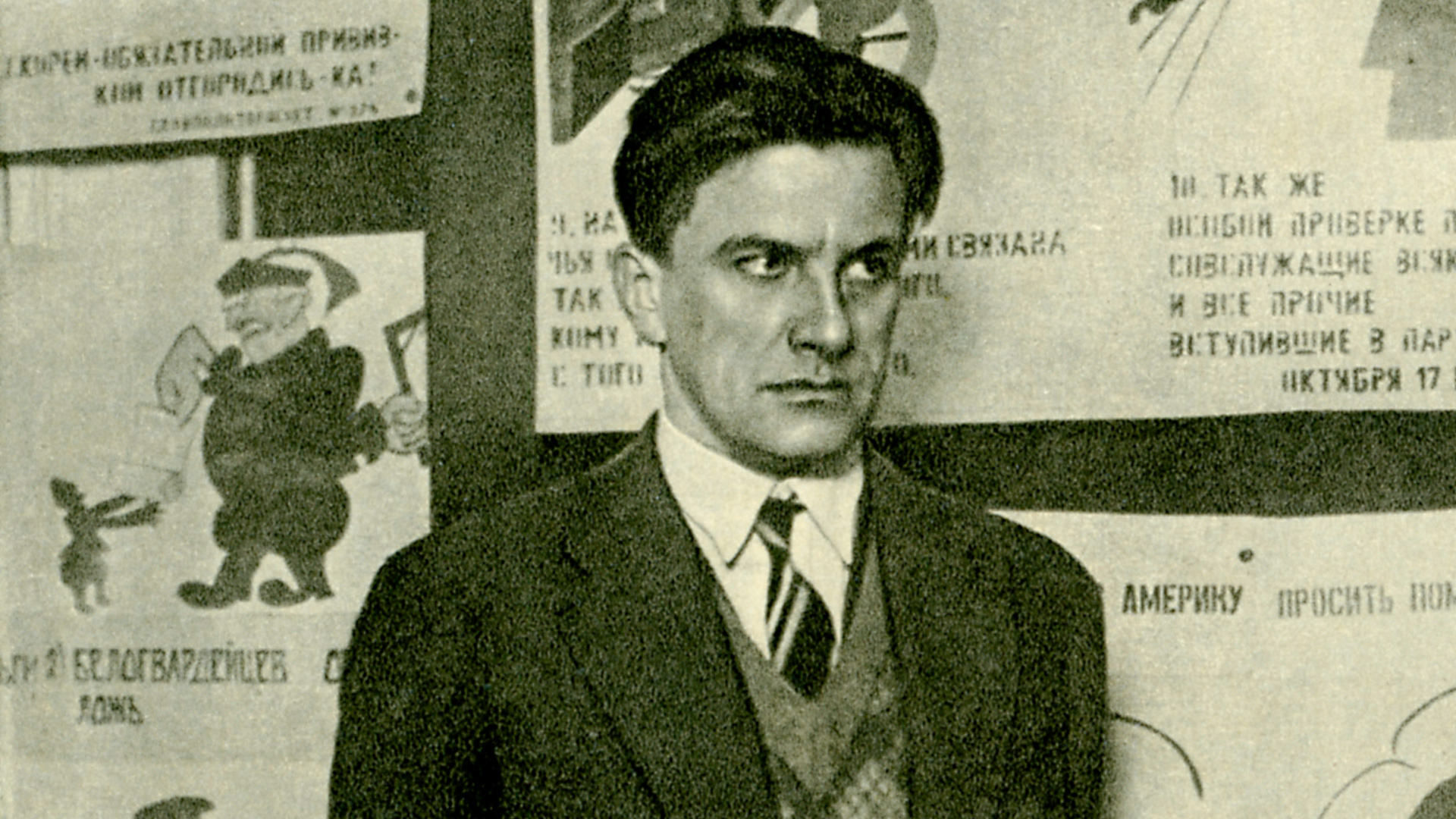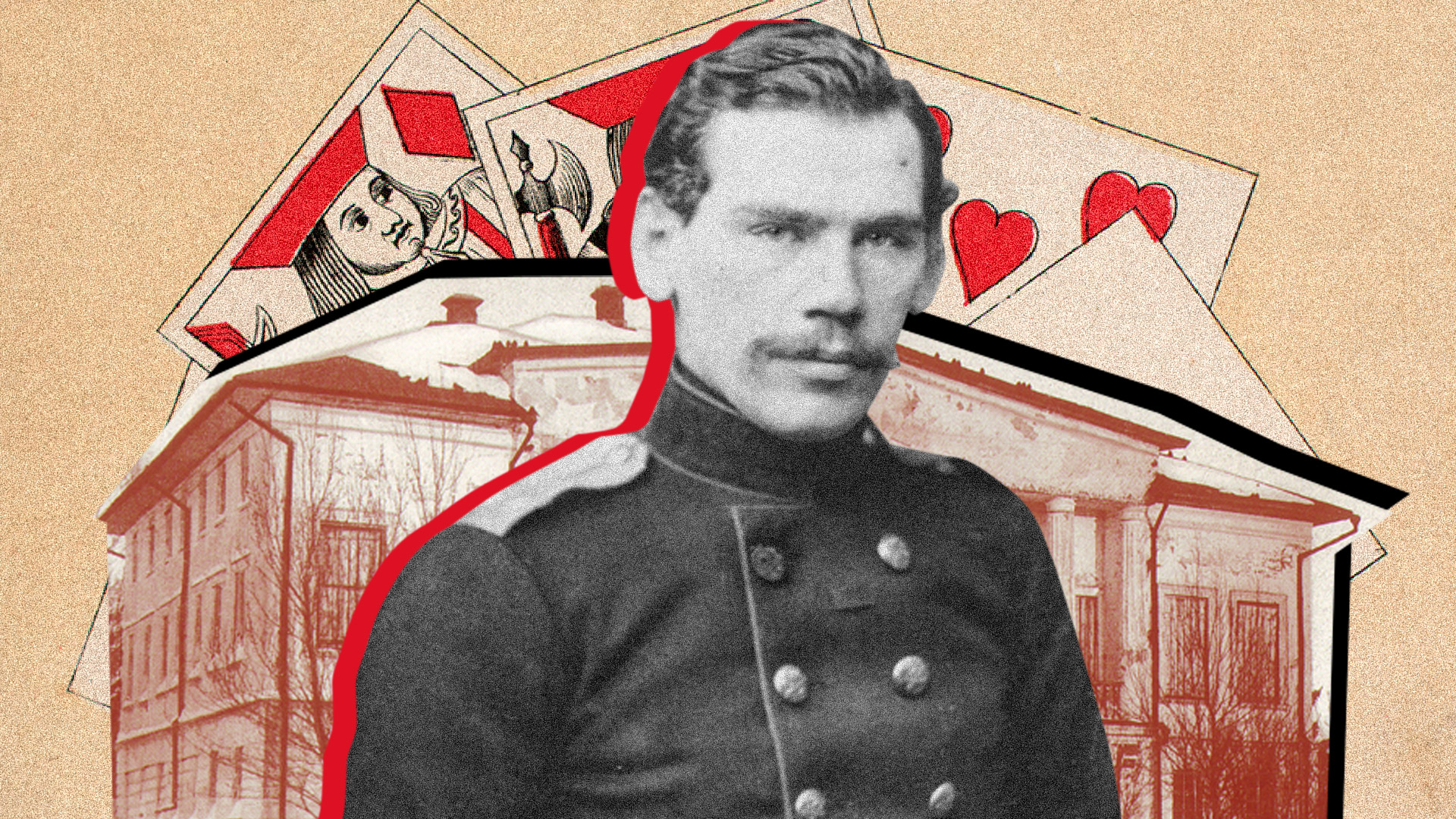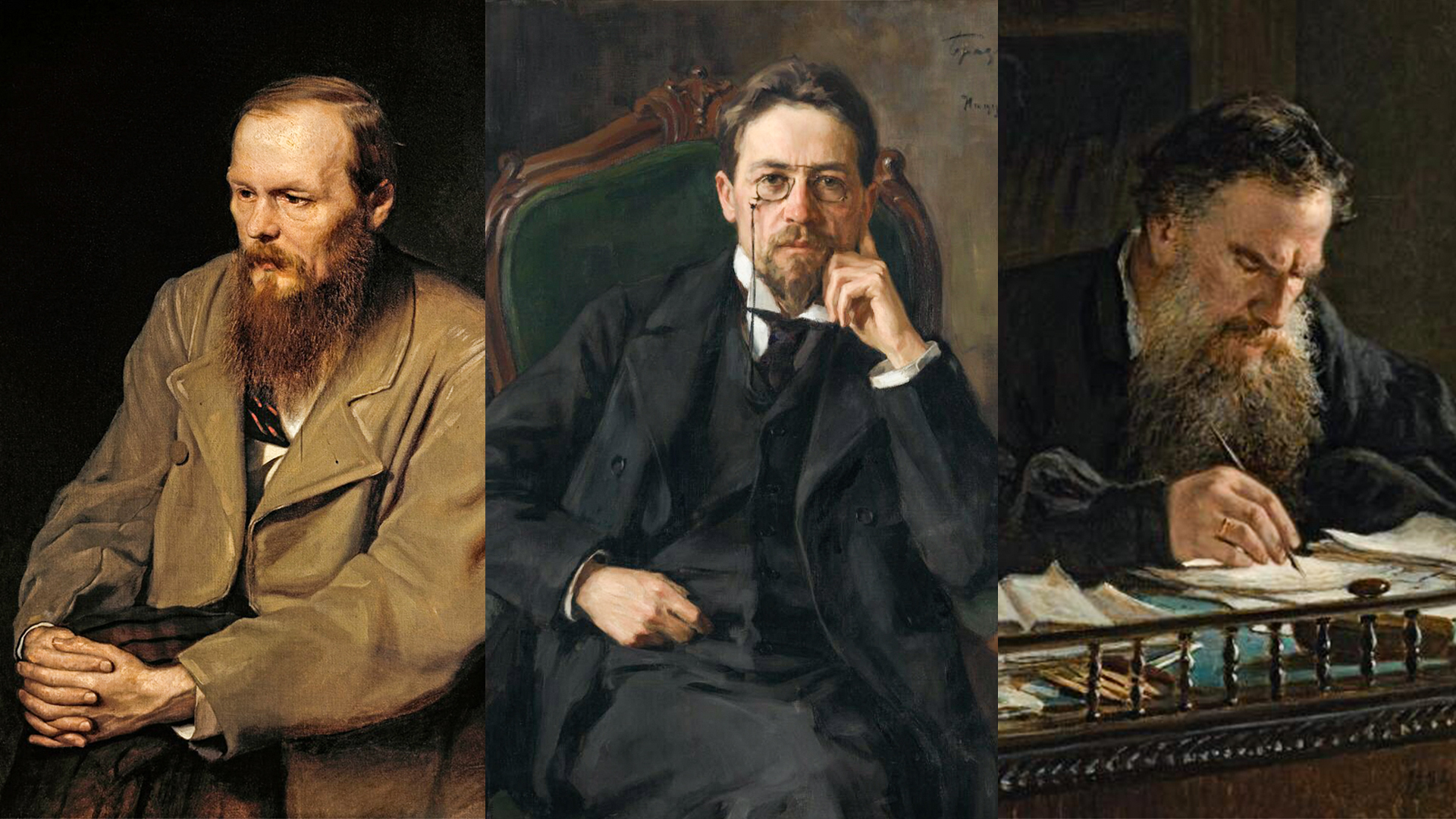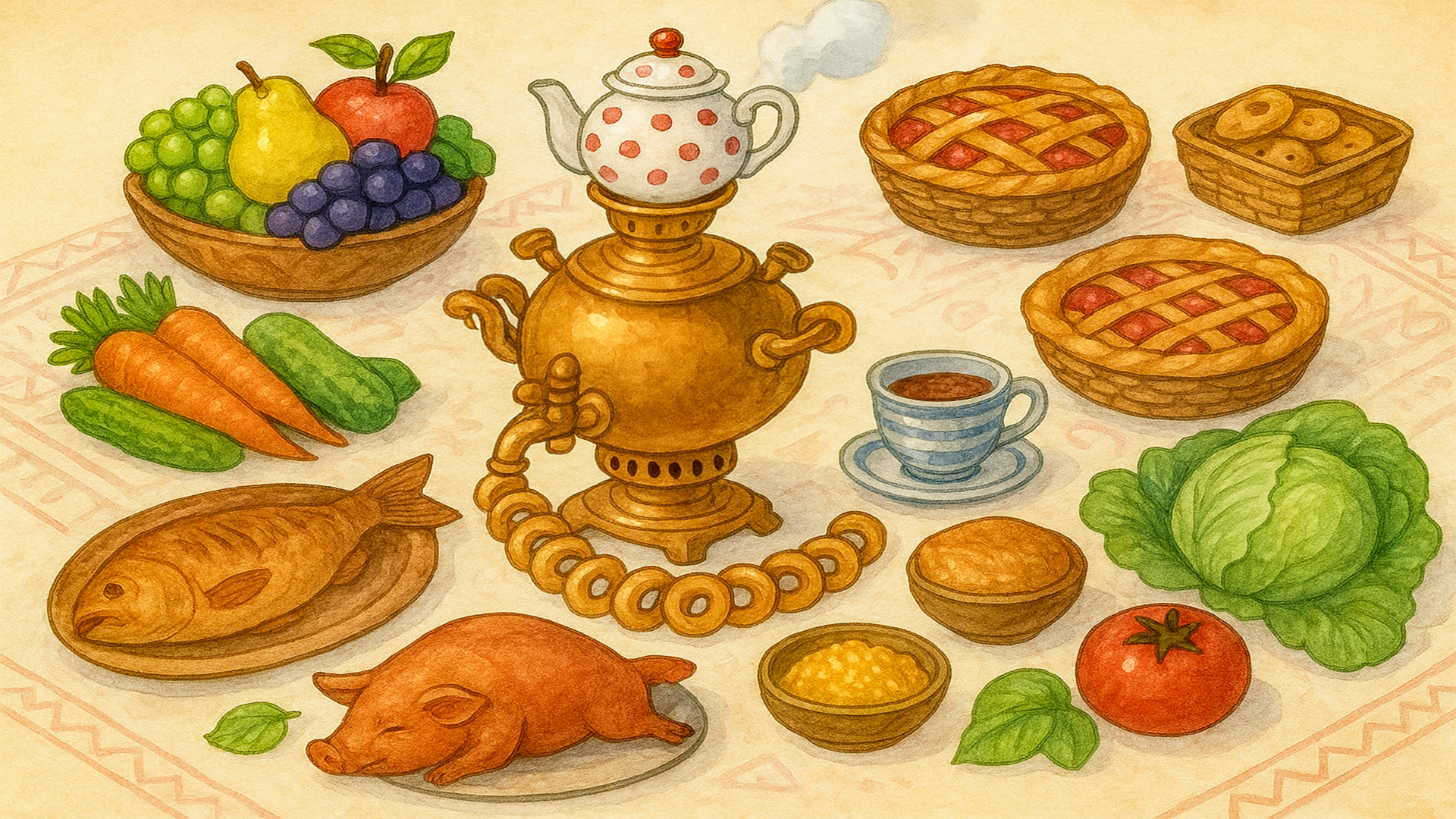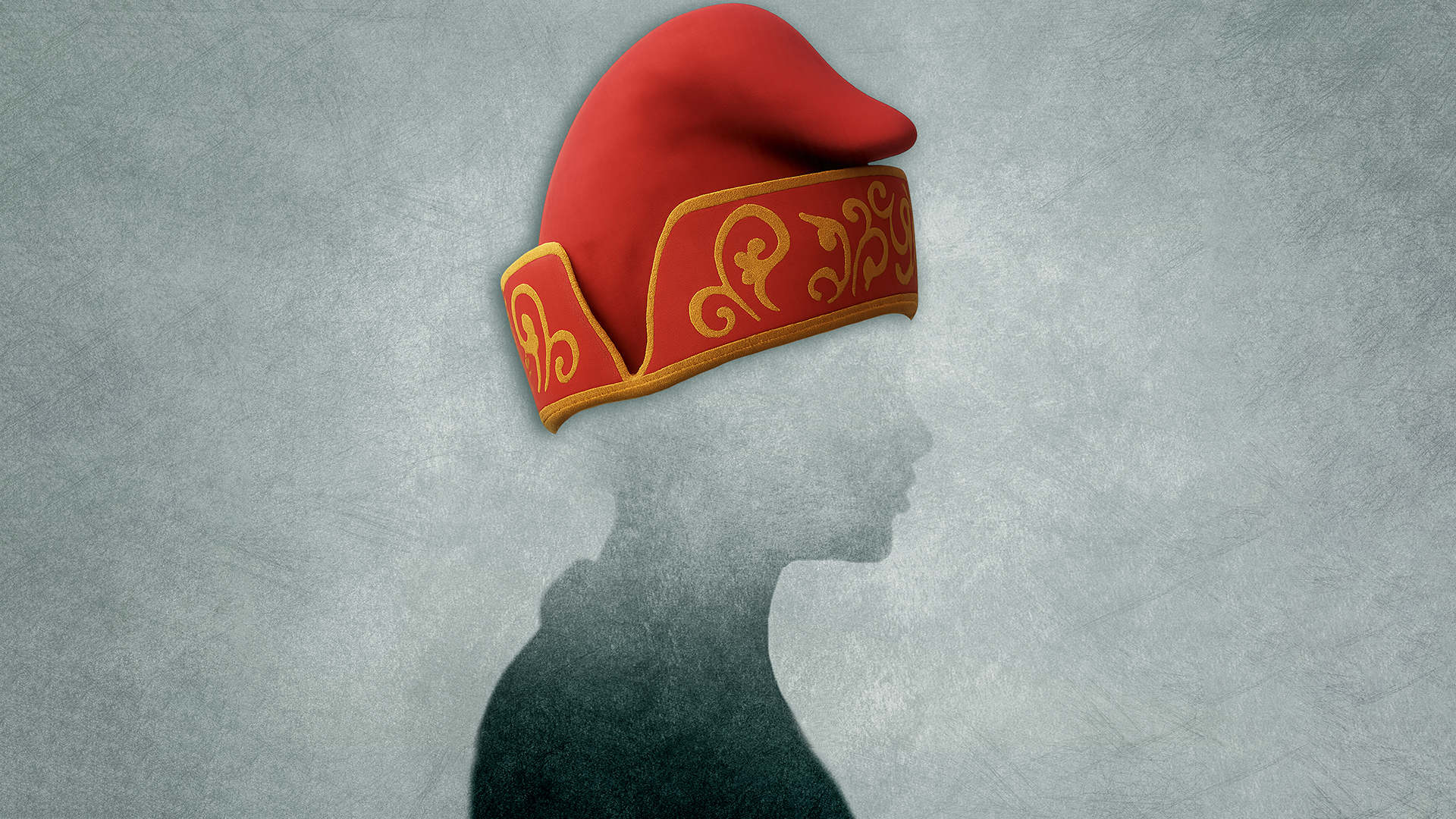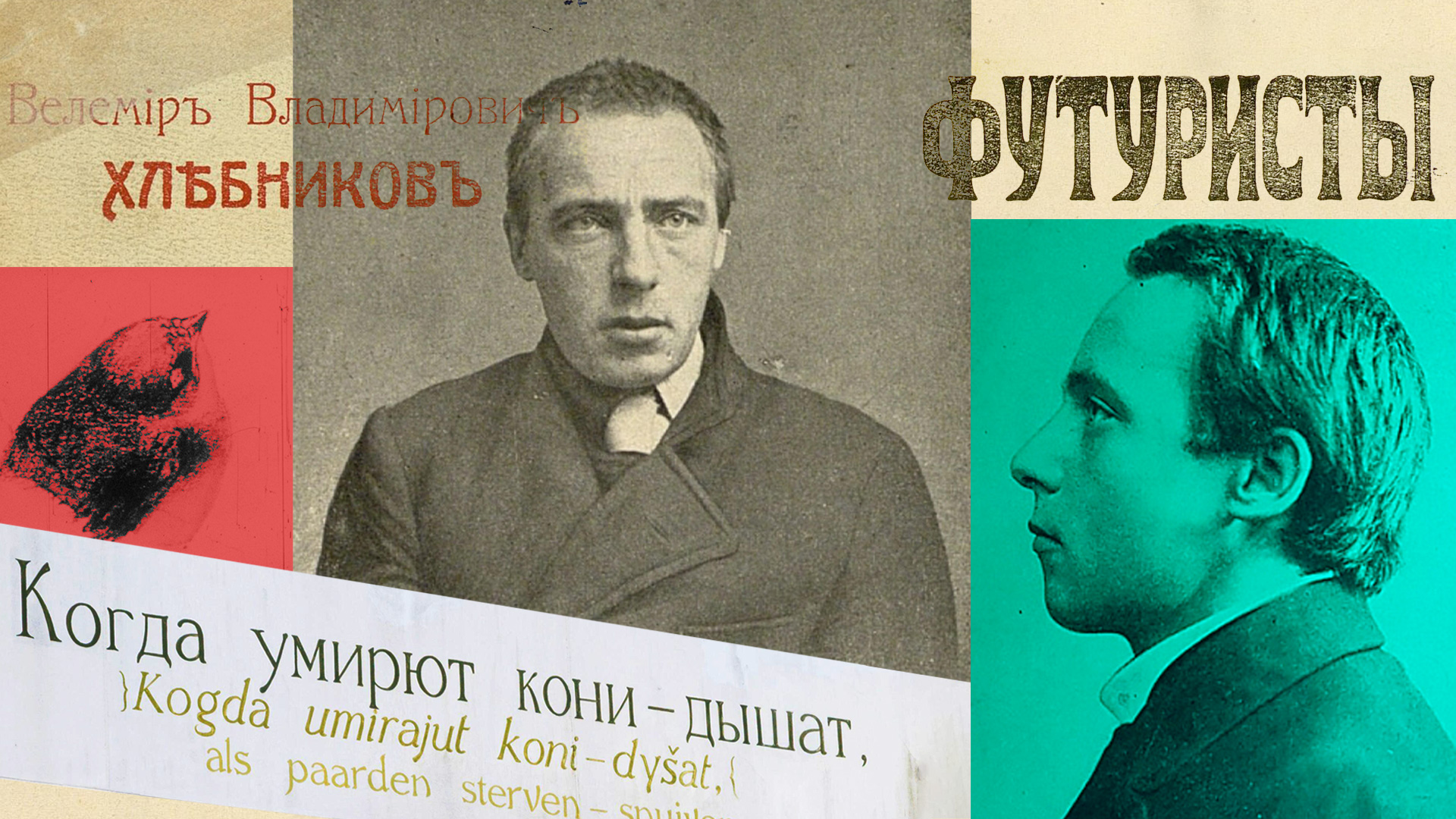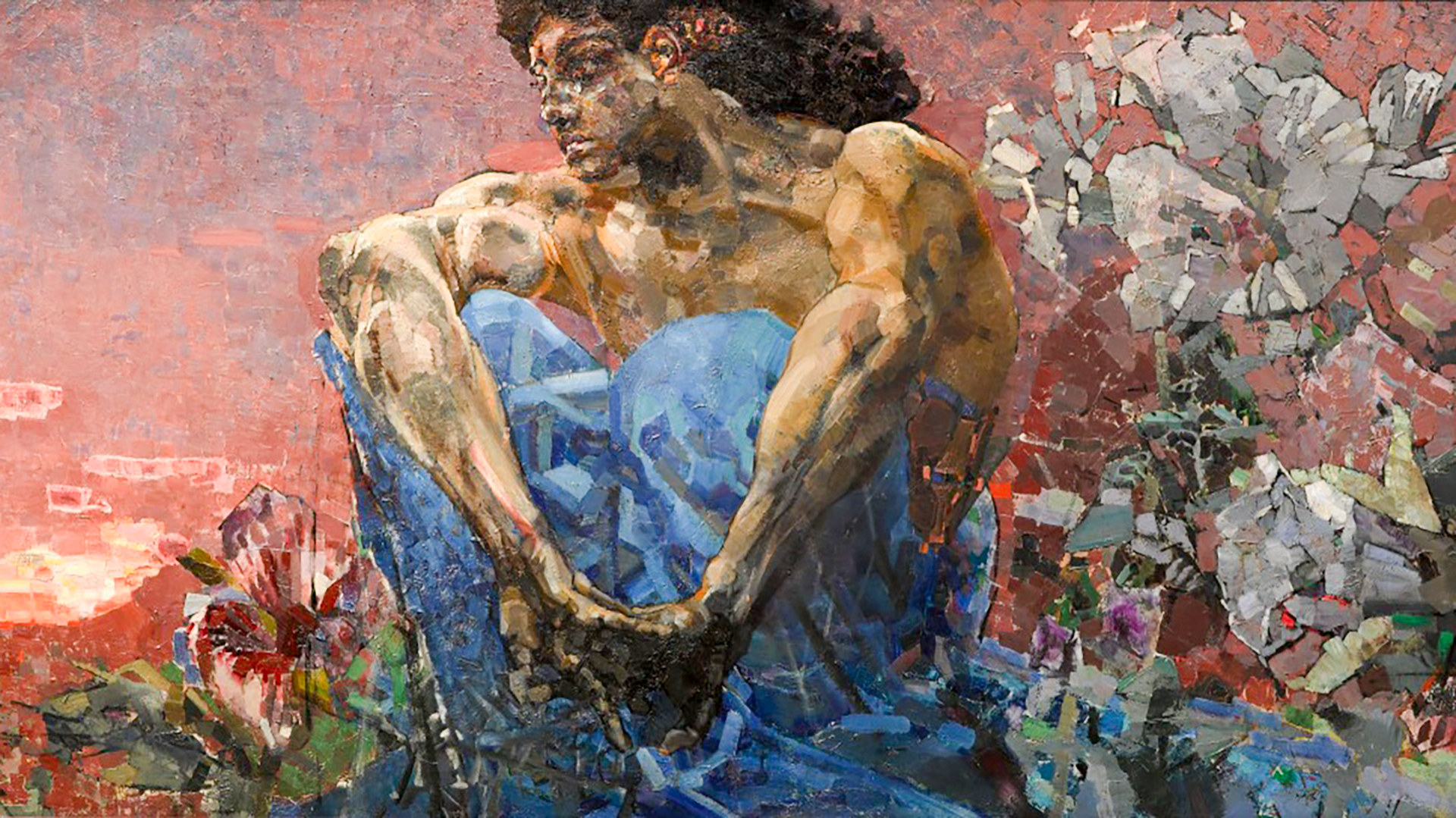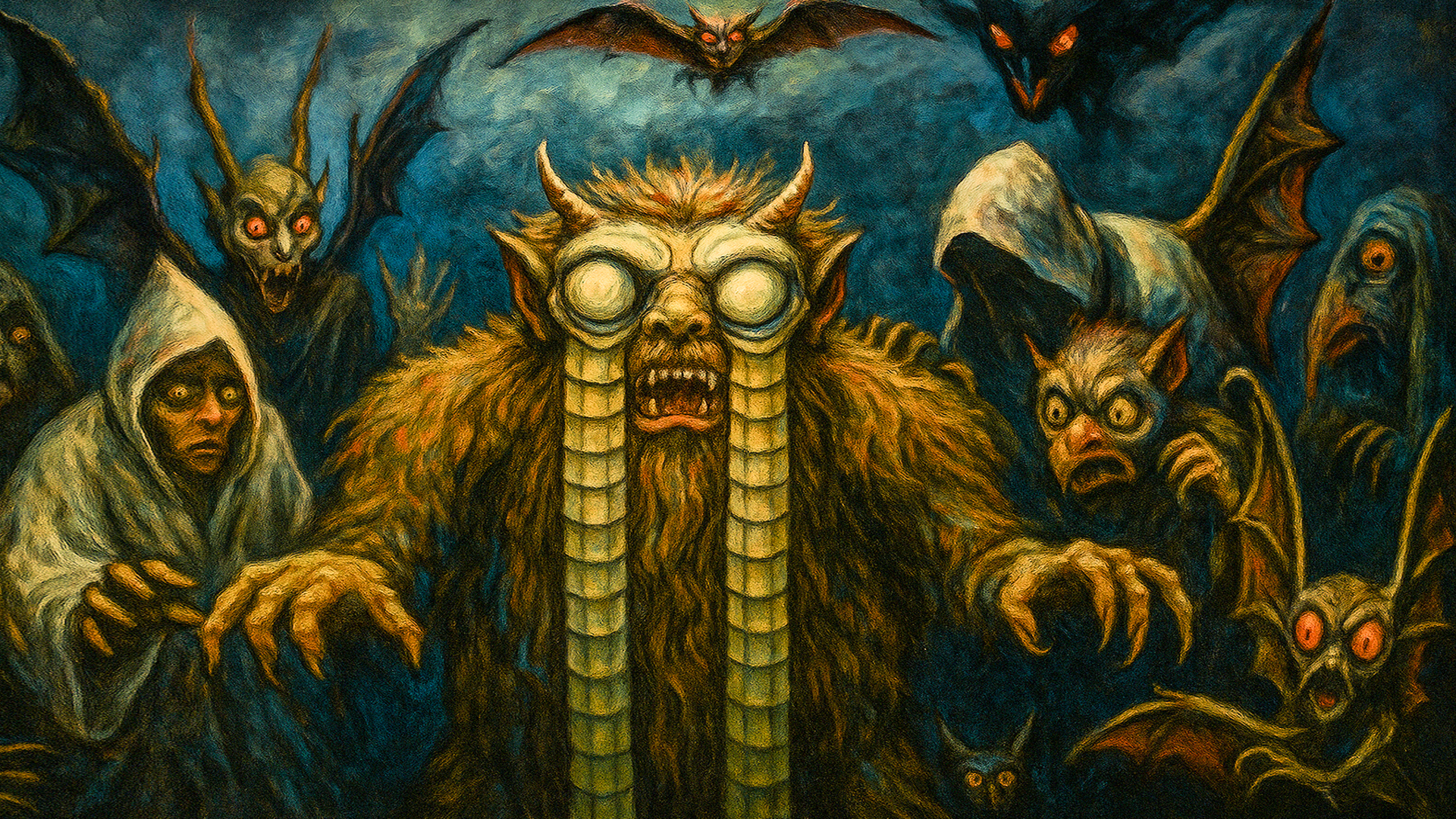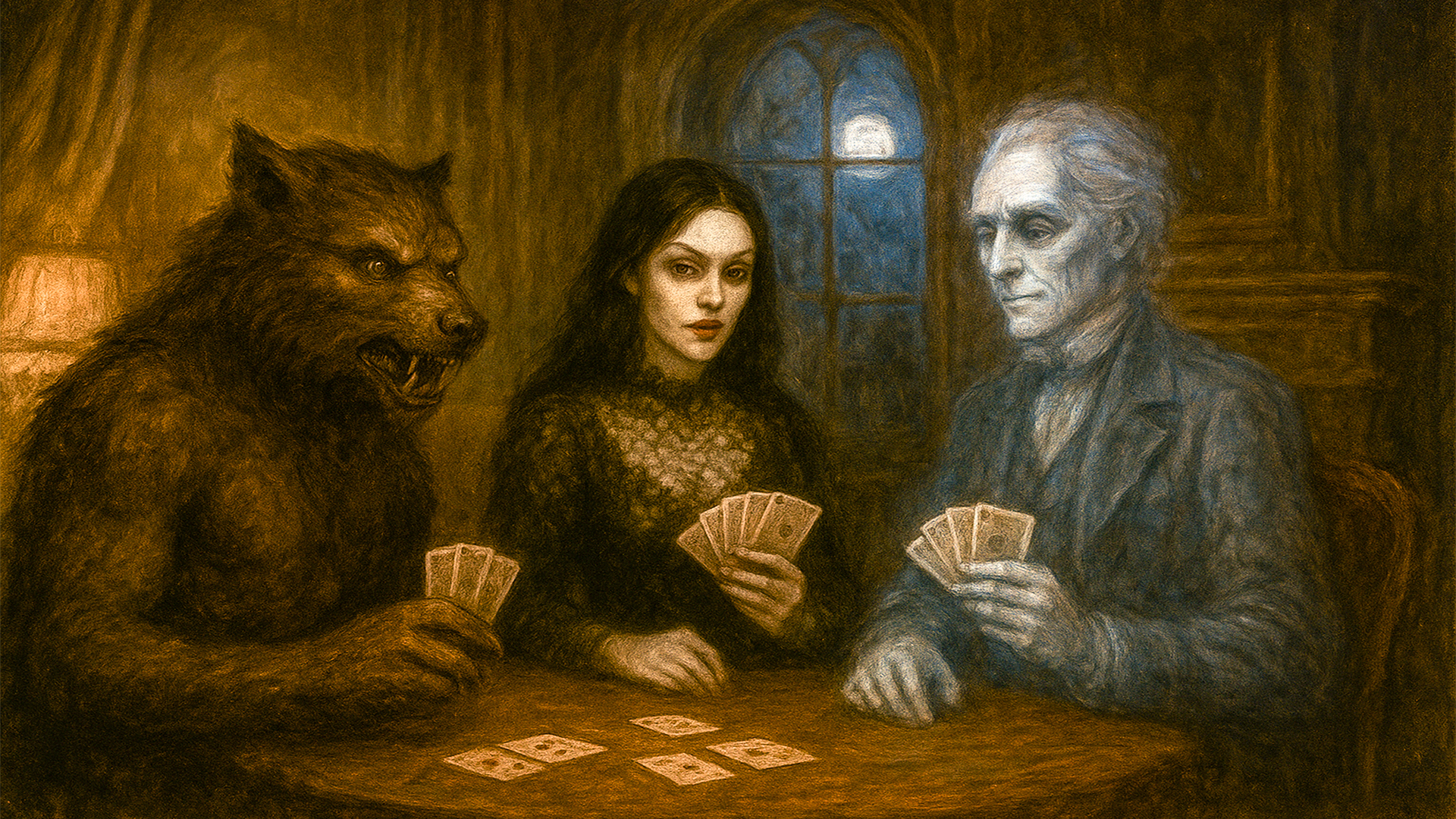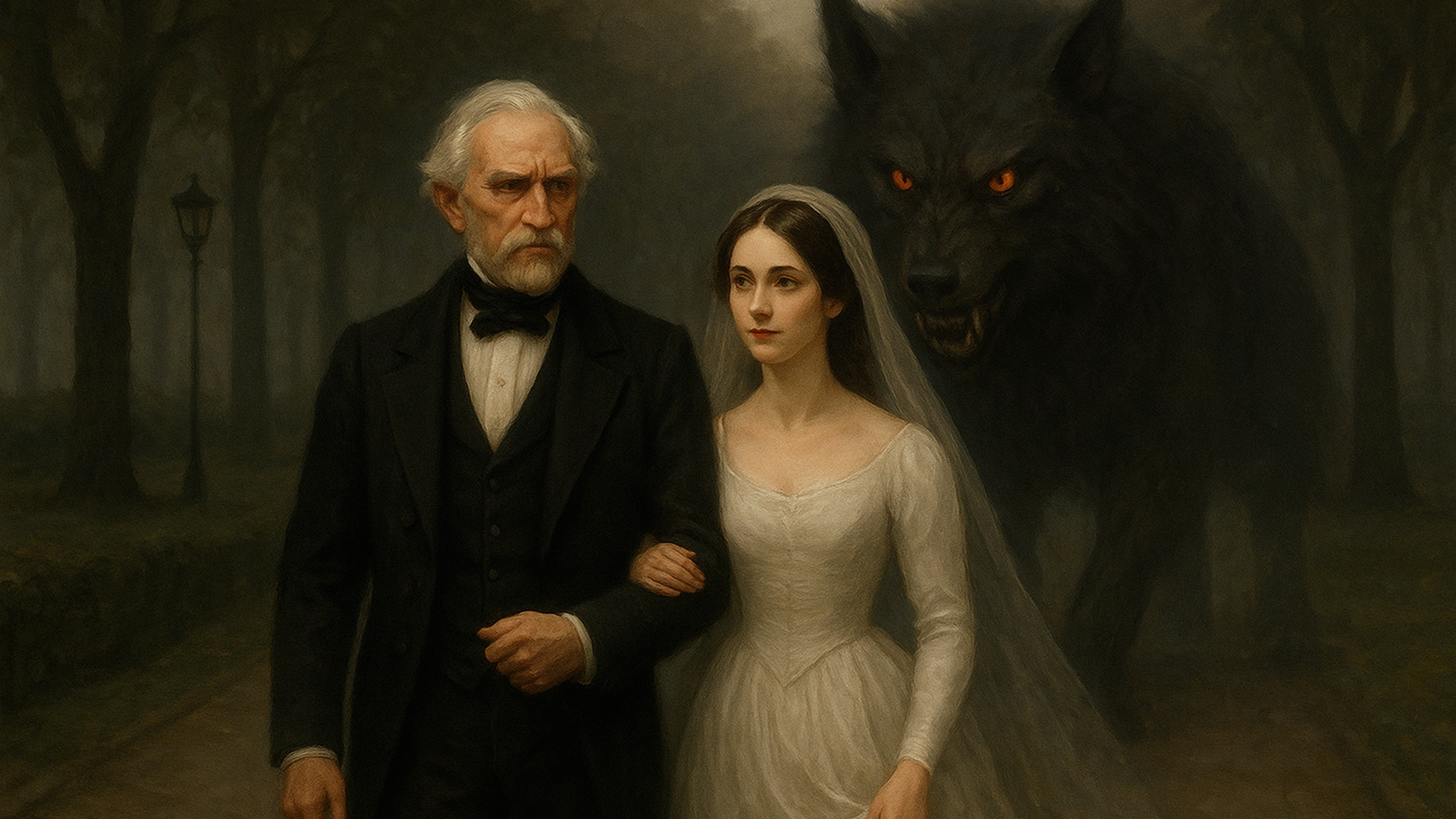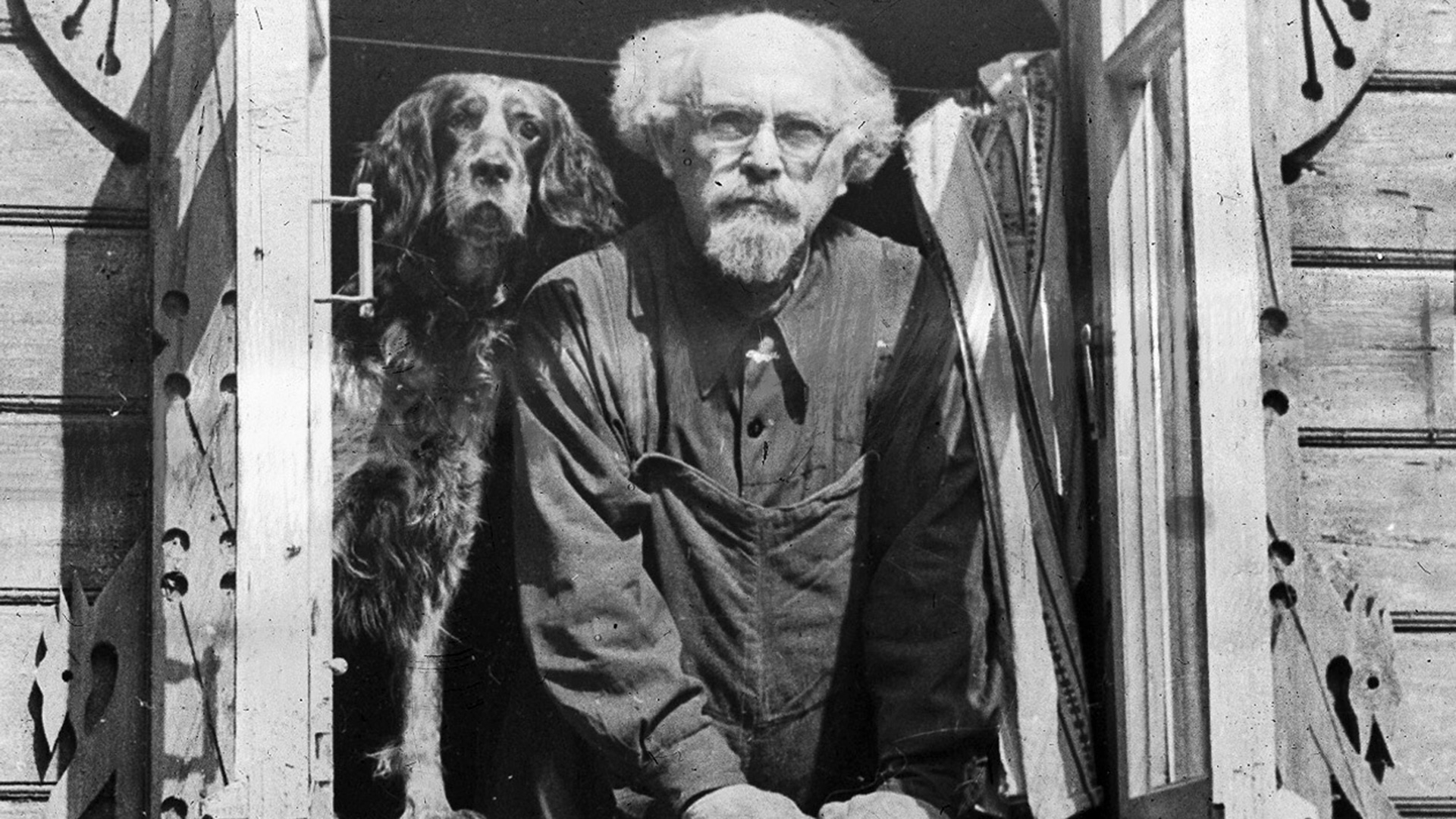
What wines did the heroes of Russian literature drink?

Champagne

“When dark thoughts come to you,
Uncork a bottle of champagne
Or reread ‘The Marriage of Figaro’”
Salieri gave this advice to Mozart, but it seems that the poet himself was not averse to using it. In many of his works, the heroes drink this joyful sparkling wine. For example, the main character of ‘Eugene Onegin’ goes to a French restaurant for lunch:
“He rushed to Talon: he is sure,
That Kaverin is already waiting for him there.
Entered: and the cork hit the ceiling,
The current of the comet's wine splashed"
We are talking about champagne again and a special one, from 1811, when the so-called Great Comet was visible in the sky for a long time. The grape harvest that year was so good that winemakers immediately decided that the comet was the cause. This was the opinion of Barbe-Nicole Clicquot-Ponsardin, who released a sparkling wine labeled: "Wine from Bouzi, 1811, the year of the Comet". Some of the bottles went to Russia, so it is possible that Onegin drank this wine by Veuve Clicquot in the restaurant.
In Nikolai Gogol's ‘Dead Souls’, one of the characters inspiredly lied about the feasts and the wines that flowed like a river. "We had such champagne – what is the governor's compared to it? Just kvass. Imagine, not Clicquot, but some kind of Clicquot matradura; this means double click. … Would you believe that I drank seventeen bottles of champagne during the dinner alone!" he shared with his interlocutor.
During Woland's ball in the novel ‘The Master and Margarita’, "the champagne bubbled in three basins, the first of which was transparent violet, the second ruby the third crystal. Negroes in scarlet headbands rushed around them, filling flat bowls from the basins with silver ladles." The ladies "threw themselves into the basin with a cry like a swallow" until Behemoth (a character in the novel) turned the champagne into cognac.
Tsimlyanskoe

They also drank sparkling wine in Pushkin's novel ‘Dubrovsky’, though not French, but Tsimlyanskoe, which was made on the banks of the Don from local grape varieties. "The police chief humbly put his paper in his pocket and silently began to eat the goose with cabbage. Meanwhile, the servants had already managed to go around the guests several times, pouring each one their glass. Several bottles of Gorskoye and Tsimlyanskoye had already been loudly uncorked and received favorably under the name of champagne, faces began to blush, conversations became louder, more incoherent and more cheerful.”
Tsimlyanskoye was also not a cheap wine, but still much more affordable than French champagne. On special occasions, even middle-class noble houses could afford it. In a poem dedicated to the Don, Pushkin mentioned “the seething, sparkling juice of your vineyards”. This wine was also drunk in the Larins’ house in ‘Eugene Onegin’ – “between roast and blanc-manger”.
Rare wines & more

Pontius Pilate, the procurator of Judea, also drank wine – a 30-year-old ‘Tsecuba’. It is true that when Azazzello (a character in the novel) brings the Master and Margarita a gift from Woland – a Falernian wine in a moldy bottle – he informs them that Pilate drank just such a wine. Falernian was very expensive and very strong: It was believed that the vine for it was given to people by Bacchus, the god of wine. The lovers pour it into glasses, not suspecting that it is poisoned.
In Chekhov's ‘The Seagull’, Arkadina calls everyone to the table: "Put the red wine and beer for Boris Alekseevich here, on the table. We will play and drink.” And, in Fyodor Dostoevsky’s ‘Crime and Punishment’, one of the characters orders a drink from a tavern singer: “Katya drank the glass all at once, like women drink wine, that is, without stopping, in twenty gulps, took a ticket, kissed Svidrigailov’s hand, which he very seriously allowed her to kiss, and left the room, followed by the boy with the organ.”
Dessert Wines

In Nikolai Gogol’s novel ‘Dead Souls’, the characters prefer sweeter wine. For example, Port wine and ‘Gosotern’ (Haut Sauternes – a premium French white dessert wine) are served at the table of the landowner Nozdryov, as well as a certain cocktail of wines – “bourguignon and champagne together”. Then, the guests are brought a bottle of Madeira, which “was unbearably strong, because the merchants, already knowing the taste of the inhabitants of that district, filled it mercilessly with rum and strong vodka”.
In general, heroes of Russian literature loved Madeira almost as much as champagne. For example, in Ilya Goncharov’s novel ‘Oblomov’, a servant complained about his master. He “alone drank one and a half bottles of Madeira, two decanters of kvass and now he’s collapsed.”

Tolstoy’s heroes knew a thing or two about wines – in ‘War and Peace’, the banquet scenes are abound with detailed descriptions of the dishes and drinks that were served with them. For example, at a dinner party at the Rostovs’, “…the butler produced a mystery bottle wrapped in a napkin out from over his neighbor’s shoulder, saying: “either ‘Dreymadeira’ (Dry Madeira) or ‘Hungarian’ or ‘Rhine wine’.
In Anton Chekhov's play ‘The Wedding’, the cook asks how "to serve ice cream: with rum, with Madeira or without anything?" And, in response, the groom orders more ‘Gosotern’. Wines made from the Muscat grape variety were served at the wedding feast in Alexei Tolstoy's novel ‘Prince Serebryany’. "While the guests were eating, servants carried around ladles and cups of honey: cherry, juniper and bird cherry. Others served various foreign wines: Romanea, Rhine and Muscatel. Special stewards walked back and forth between the rows to look at and make remarks at the tables."


